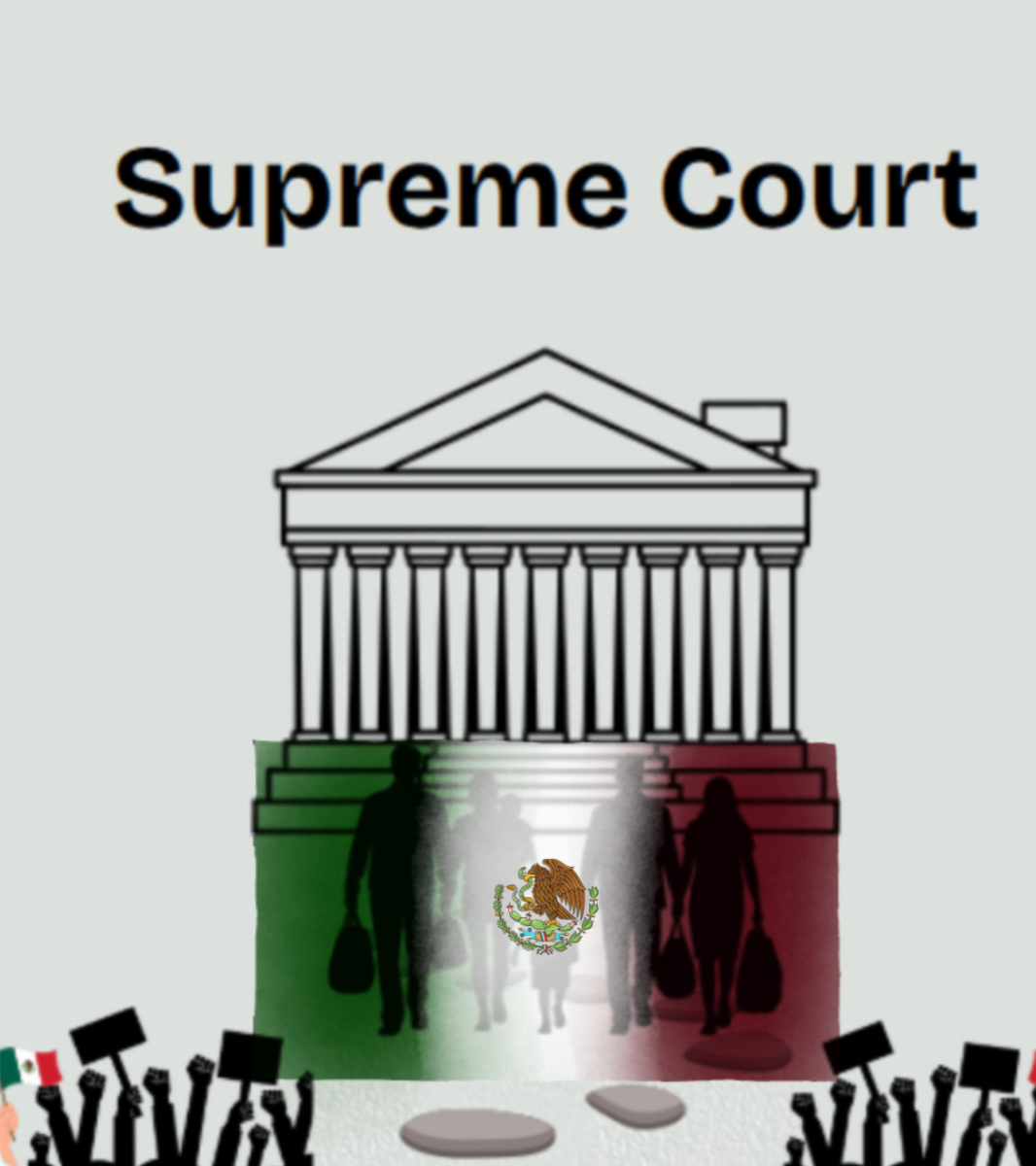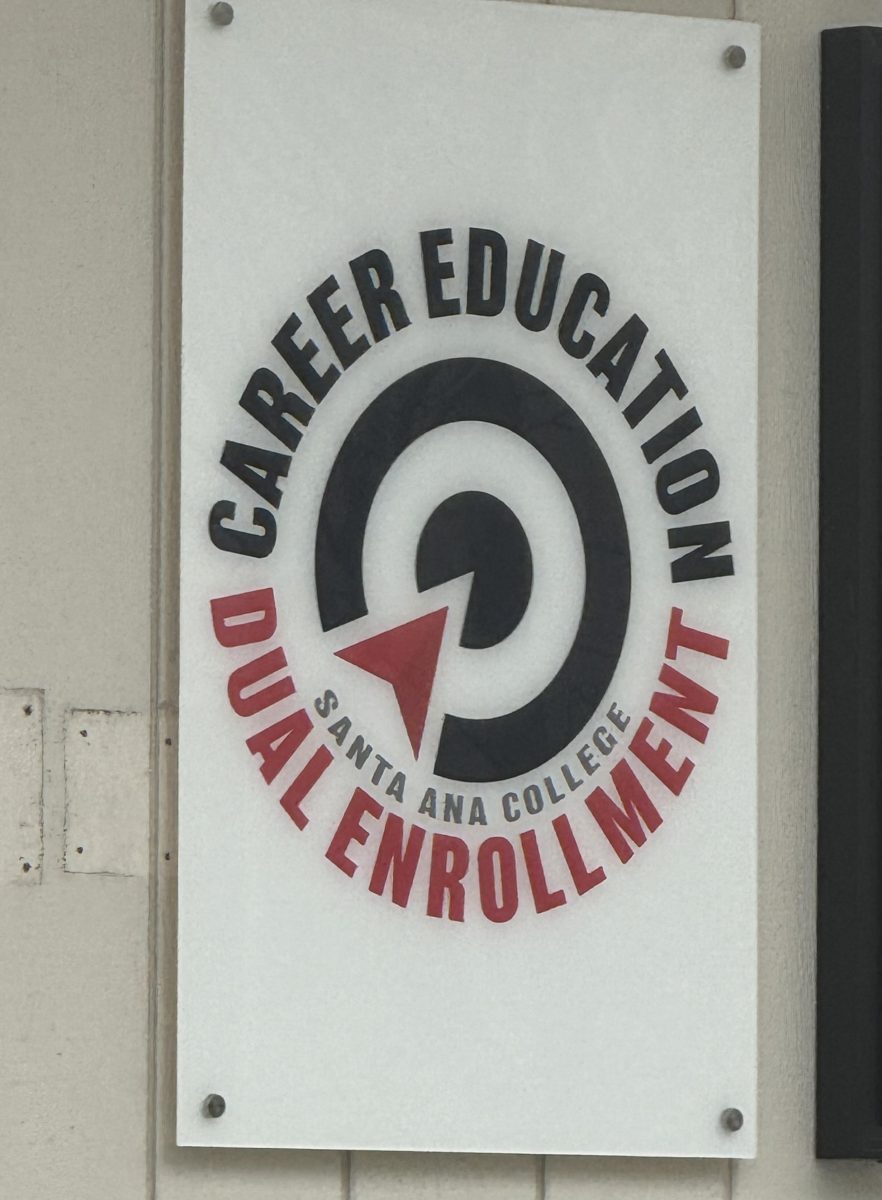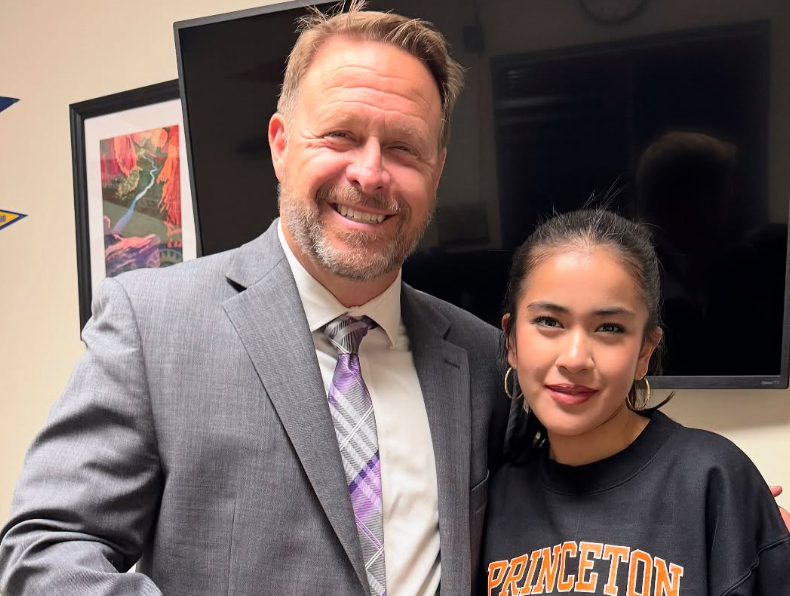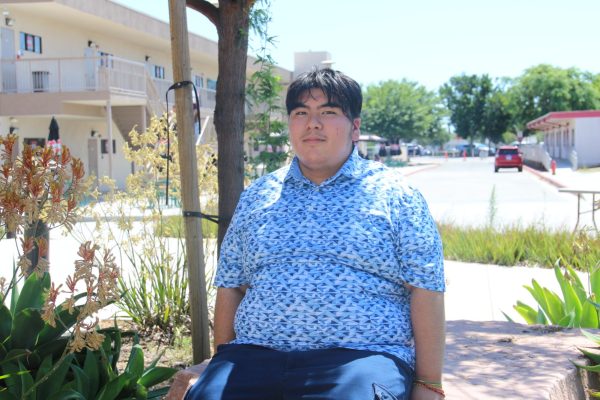At Middle College High School, the unique dual enrollment program allows students to earn college credit while still in high school, yet there is a catch. A rule exists capping the maximum units for students at 11.5 units a semester. This sparks questions and frustrations among ambitious students who are eager to maximize their academic achievements. What’s behind this limit, and how does it impact students’ education paths?
For over seven years, MCHS students have navigated the constraints of an 11.5 unit limit per semester in their dual enrollment courses at SAC. This cap, significantly lower than the 15 unit limit for other local high schools, restricts students to taking only three 3-unit classes or a combination of one 4-unit and one 3-unit class per semester. Despite the seemingly minor difference, this half-unit can dramatically affect a student’s future.
The college counselor at Santa Ana College and MCHS shared her perspectives on the impact of this policy. Ruth Olivos, who has been with the dual enrollment program since 2016, emphasized her role in creating education plans tailored to each student’s academic journey.
“My specific role is to make sure that your classes are set for the four years that you’re here and to move you on to the future,” Olivos said.
The 11.5 unit cap, as Olivos noted, can be particularly restrictive for students with ambitions in the STEM fields.
“Over the years that I’ve been here, I think I’ve been here long enough to kind of see just hundreds and hundreds upon hundreds of ed plans and how many I’ve created. I think the 11.5 unit count policy does affect students, especially if they are going into STEM,” Olivos said.
This limitation can hinder their ability to take additional classes that could lead to more AA degrees or certificates. In other words, capping their academic growth during their high school years.
The director of dual enrollment at Santa Ana College, Refugio Rodriguez, provided additional context regarding this unit cap. He worked as a principal of an early college high school before transitioning to the director of dual enrollment where he worked with countless students to get AA degrees.
“The unit cap for Middle College High Schools is in the State of California Education Code. The rationale is that for the Middle College High Schools to still receive full funding per student, they needed to put a cap on the number of college credits a student could earn each term,” Rodriguez said.
This policy aims to balance funding between high schools and colleges, ensuring both institutions are not fully compensated for the same student.
However, this rationale is seen as outdated by many, including Rodriguez. He pointed out that other school students under a College and Career Access Pathways agreement can take up to 15 units per semester, significantly more than 11.5 units allowed for MCHS students.
“In my opinion, this rationale is a little outdated and needs to be revisited, especially because non-middle college high school students who are in a school district that has a CCAP agreement with their local college can take up to 15 units in Fall and Spring and 9 units in intercession. This is something students and parents can take up with their local State Assembly member and State Legislator,” Rodriguez said.
The constraints imposed by the unit cap often result in missed opportunities for students eager to maximize their higher education. Olivos recounted numerous instances where students had to drop a class they were interested in or needed for their education plan due to the unit limit.
“It really affected them because they would have to drop that class in order to be able to abide by that policy, but then it would remove them from their chances of getting a specific AA or certificate,” Olivos said.
Both Olivos and Rodriguez advocate for a review and possible adjustment of this policy to better serve the needs of ambitious and capable students, while at the same time helping students who may need one more class to get a degree.
“I would love to find a new limit in the policy,” Olivos said.
The journey of changing this policy involves a collaborative effort including state legislators and educational administrators. It also requires strong advocacy from students and parents who experience the direct impact of the unit cap. If there were to be a change in the unit amount, it would let hundreds of students thrive even more at MCHS. They would be able to continue to expand their horizons and gain more new knowledge. At the same time, it would allow them to prepare even more for their future in college. Together, there can be change.


































